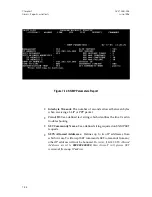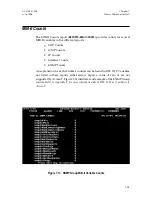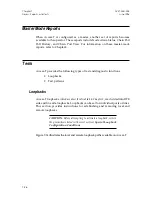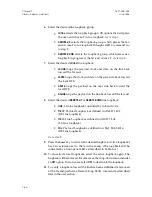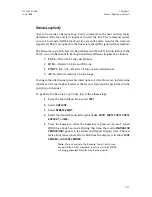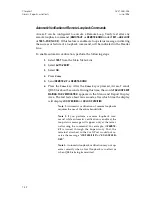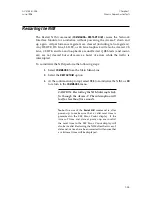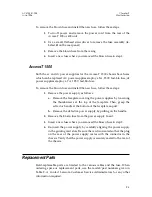
Using Access-T as a Master
8
This chapter describes the operation and configuration commands and the polling
capabilities that are exclusive to a master Access-T. Master commands include node
configuration, node selection, and alarm history viewing and clearing.
Master and Slave Modes
As described in Chapter 2, each Access-T is user-configured to operate in one
of two modes: master or slave.
When Access-Ts are chained via the Chain Port, a master manages up to 29 slaves.
Only one Access-T in a chain—the Access-T to which the controlling terminal or
NMS is connected—can be in master mode. All others must be in slave mode. Refer
to Figure 2-5 for chaining options.
Note 1:
When configuring Access-T modules for the Access-T
1500, the module in slot 15 must be the master (if the chassis is
to have a master). Refer to Chapter 3 for more information.
Note 2:
When different Access-T product groups are used in the
same chain, the Access-T 01/02 units can never be configured as
the master. Any other master/slave combination is permitted.
The master Access-T manages slave Access-Ts as follows:
•
The master Access-T polls all node addresses designated by the user
at
the maste
r. Slaves which are not specified for polling are not polled.
•
If a polled slave does not respond, the master declares an alarm and
displays an ALERT indication in the Terminal Interface Title Bar, as
demonstrated in Figure 8-2.
•
If an
enabled
alarm occurs at a slave,
and dialout is enabled for that alarm
at the slave
, the master dials out to report the alarm.
ACST-0351-005
Chapter 8
June 1996
Using Access-T as a Master
8-1


